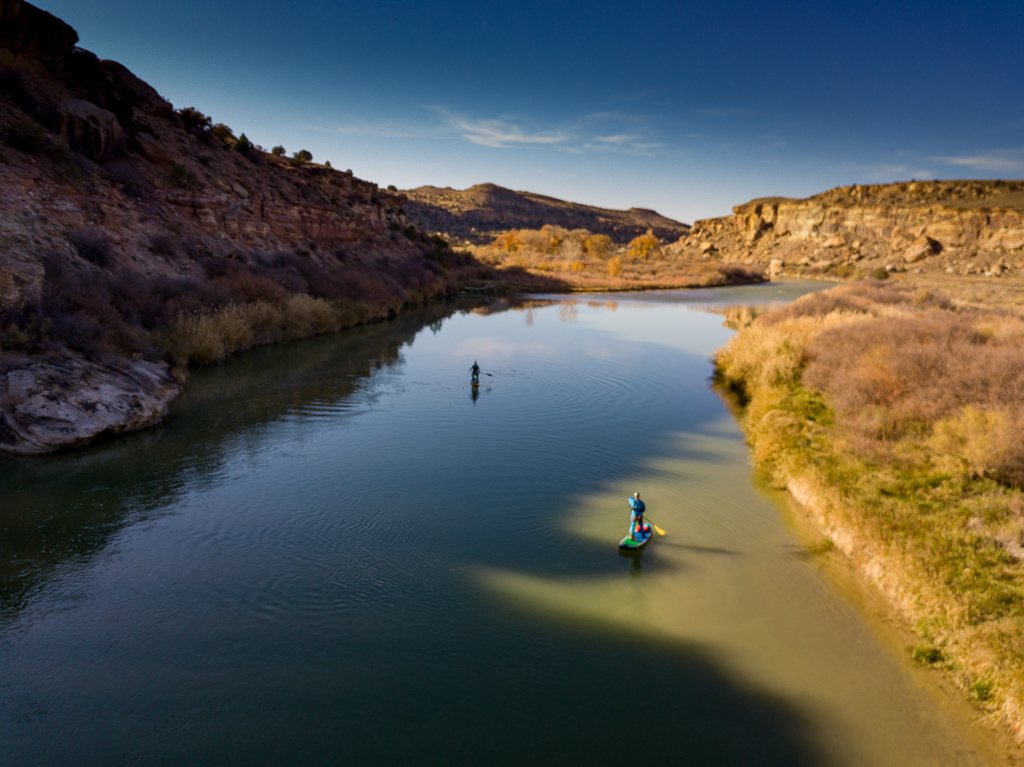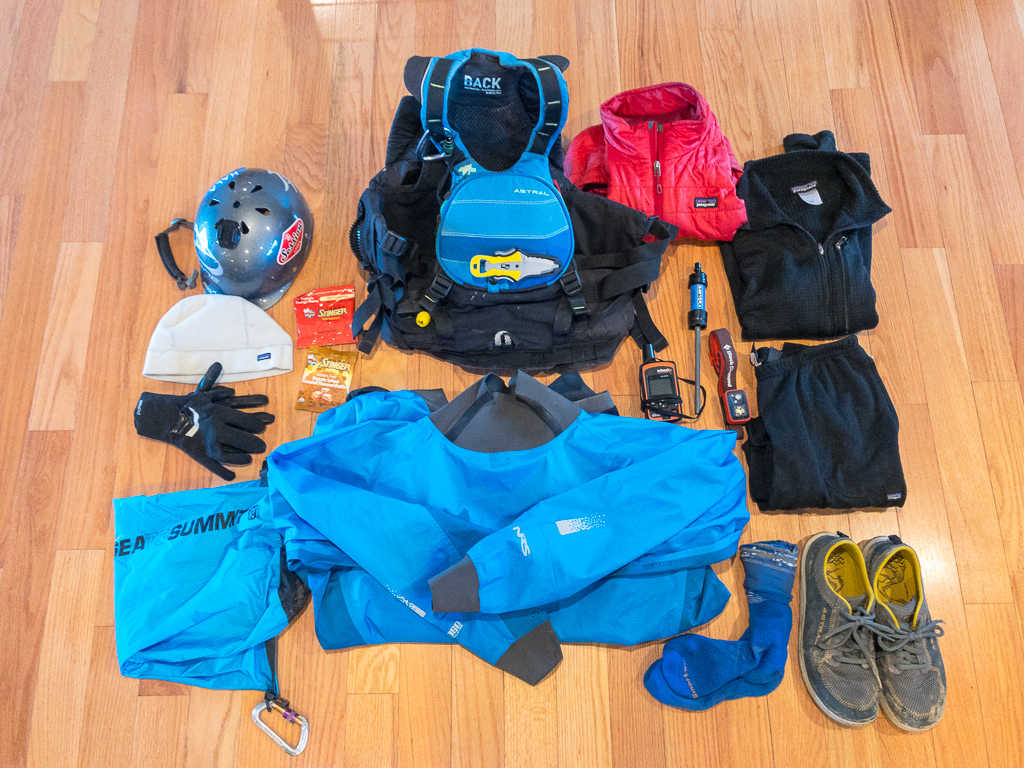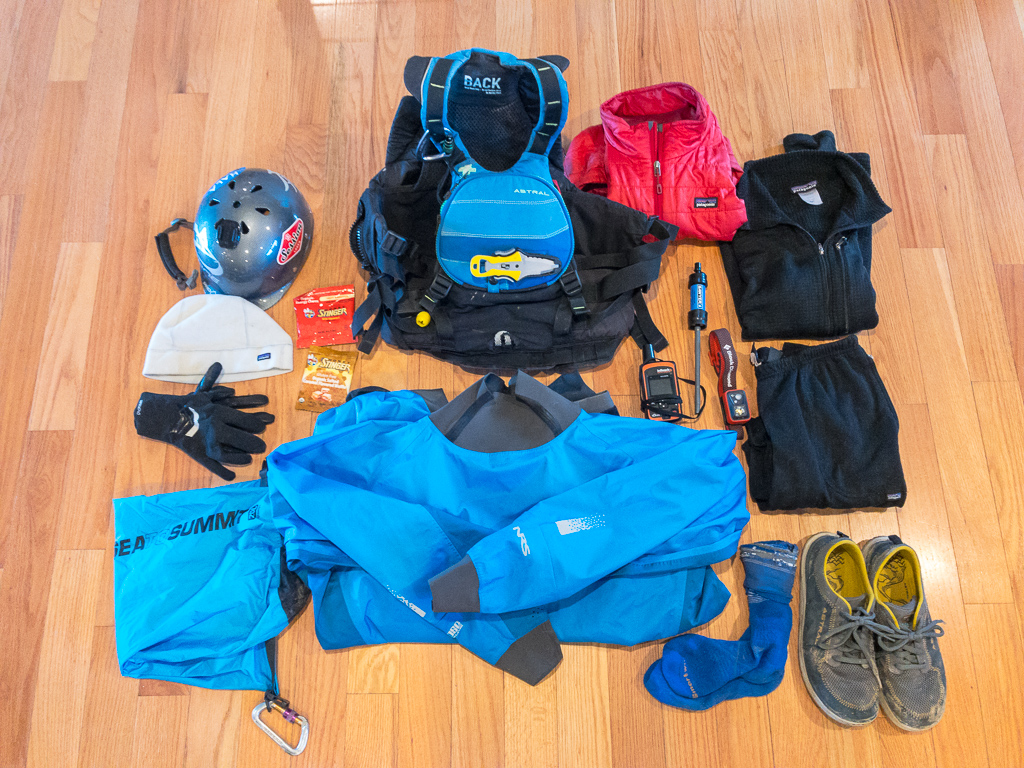
Extend Your Season
Paddling on beautiful cold days extends your paddling season is a matter of preparation and planning. Late fall and winter offers excellent paddling opportunities for those that are willing to seek the adventure. And the reward is often solitude, beautiful scenery, and an opportunity to explore internally.
Reward and Risk
Paddling is typically thought of as a warm weather activity, but as long as the water is flowing, there is plenty of fun and adventure to be had when the temperatures drop. In addition to the fitness and skill benefits of paddling a longer season, one of the greatest rewards of paddling in cold weather is having a busy waterway to yourself. The entire character of a place changes when the crowds disappear. Wildlife viewing opportunities increase. The color and feel of a waterway changes with the change in seasons revealing new colors in vegetation, water, and the rocks. Paddling becomes quieter, and can be more soulful.
There are some additional challenges and risks that come with paddling in the cold. The most obvious one is the cold. It can kill you or injury severely, if you aren’t prepared and make lots of avoidable mistakes. But with the cold also comes shorter days and lower flows meaning the distance that can be paddled grows shorter and the time to do it in is shorter, too. Both these can be overcome to some extent, but it is important to figure the amount of daylight into one’s paddle plan.
Paddle Plan
The first step to any day on the water is having a paddle plan. This may be the most important thing you can do to manage risk and help ensure any good adventure. This isn’t just a cold-weather thing. Come up with a paddle plan; where, when, what, who are essential questions that need to be answered any time you go out on the water (or on any adventure).

Where
For your first few cold-weather paddles, it is best to float somewhere you are familiar. Maybe your home stretch of river or lake, or a section of some piece of water you know and feel comfortable on. Keep in mind that cold weather often brings lower flows on rivers, and lower levels on lakes. This may impact your access of waterways, make some areas difficult or impossible to navigate, or significantly increase the time it takes to float a stretch. Plan accordingly!
When
The time of day can have dramatic impact on the temperature on the water in the fall and winter. Under the blazing sun of the Four Corners region of the United States, even in January, wearing a short-sleeved shirt in the middle of the day is common, even when a heavy winter coat is needed in the morning and evening. Short floats during the warmest part of the day can be amazing, but keep in mind that when the sun gets low on the horizon, or if clouds move in, the temperature can plummet.

What (Gear)
- SUP – definitely consider a safe, stable, durable Hala Rado
- PFD – consider the Astral Bluejacket
- Dry Suit – consider the NRS Explorer
- Thermal Layers – consider Patagonia R1 Pullover and Pants
- Warm Socks
- Cold Water Footwear – consider the Astral Brewer 2.0 (sized large to accommodate thick socks)
- Neoprene Gloves – consider the NRS Fuse Gloves
- Fleece Hat (that fits under your helmet)
- Dry Bag
- Water bottle or filter
- Energy Snacks
- Headlamp
- Extra Layers (a synthetic puffy jacket with hood and rain shell)
- Phone and/or alternate communication device like a Spot or Garmin InReach
Who
Take a friend when possible. Ideally, paddle with someone who you know and trust and have spent time on the water with. Someone who likes adventure and has the gear needed to be safe and effective. It adds a significant level of safety and a shared experience is often enhanced. A buddy makes the art of shuttling much easier, and can mean the difference between life or death if things go bad.
And when you can’t or don’t want to, make sure that you share your plan with responsible people who know when to start to worry and will react effectively and appropriately when you need help.
Tips
- Make plan before going and follow it
- Stay warm, but don’t get sweaty
- Stay dry or get dry if you get wet
- Stay hydrated
- Invest in good gear and keep it in good shape
- Know your limits and accept when you are about to reach them
- Communicate effectively with others
